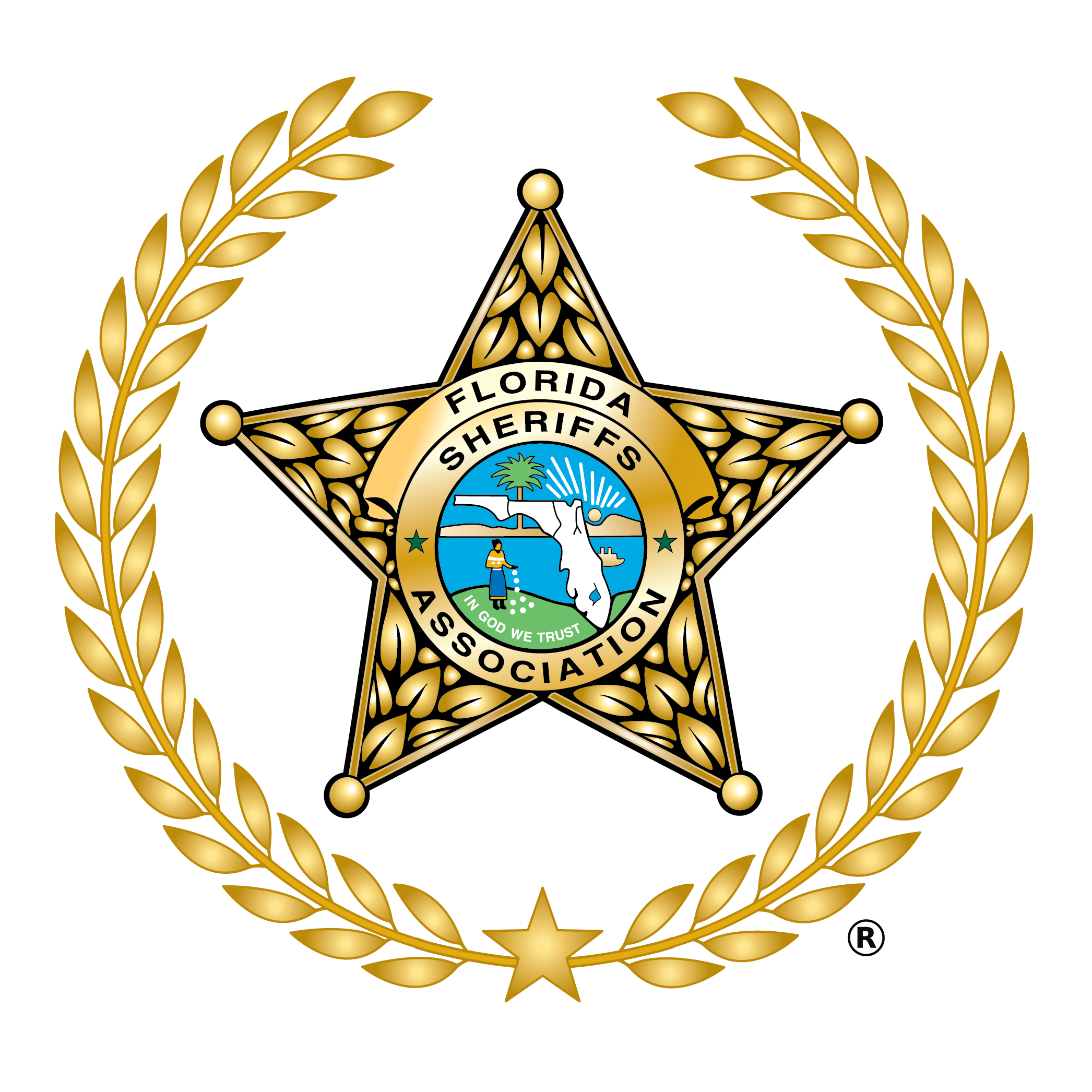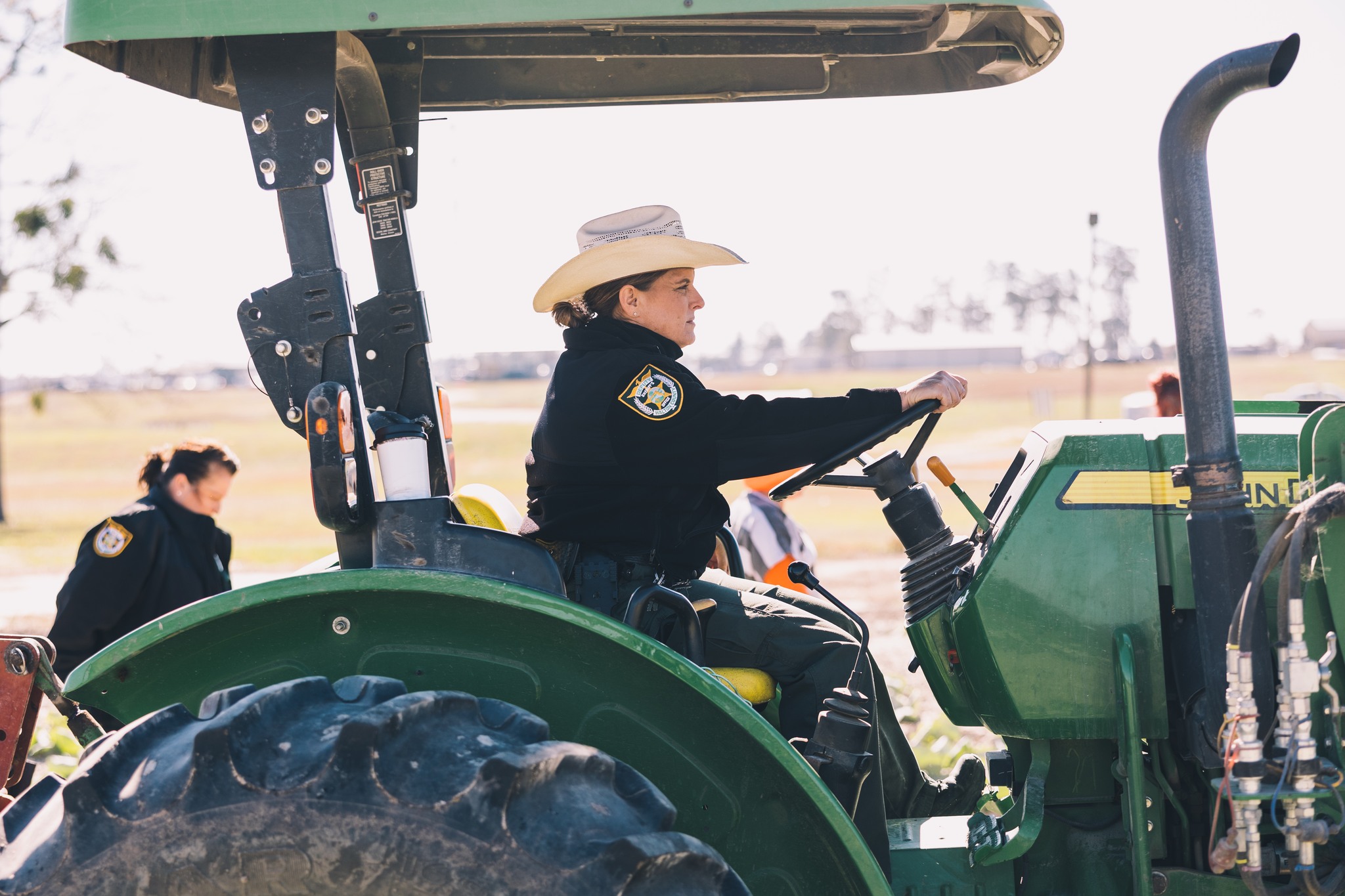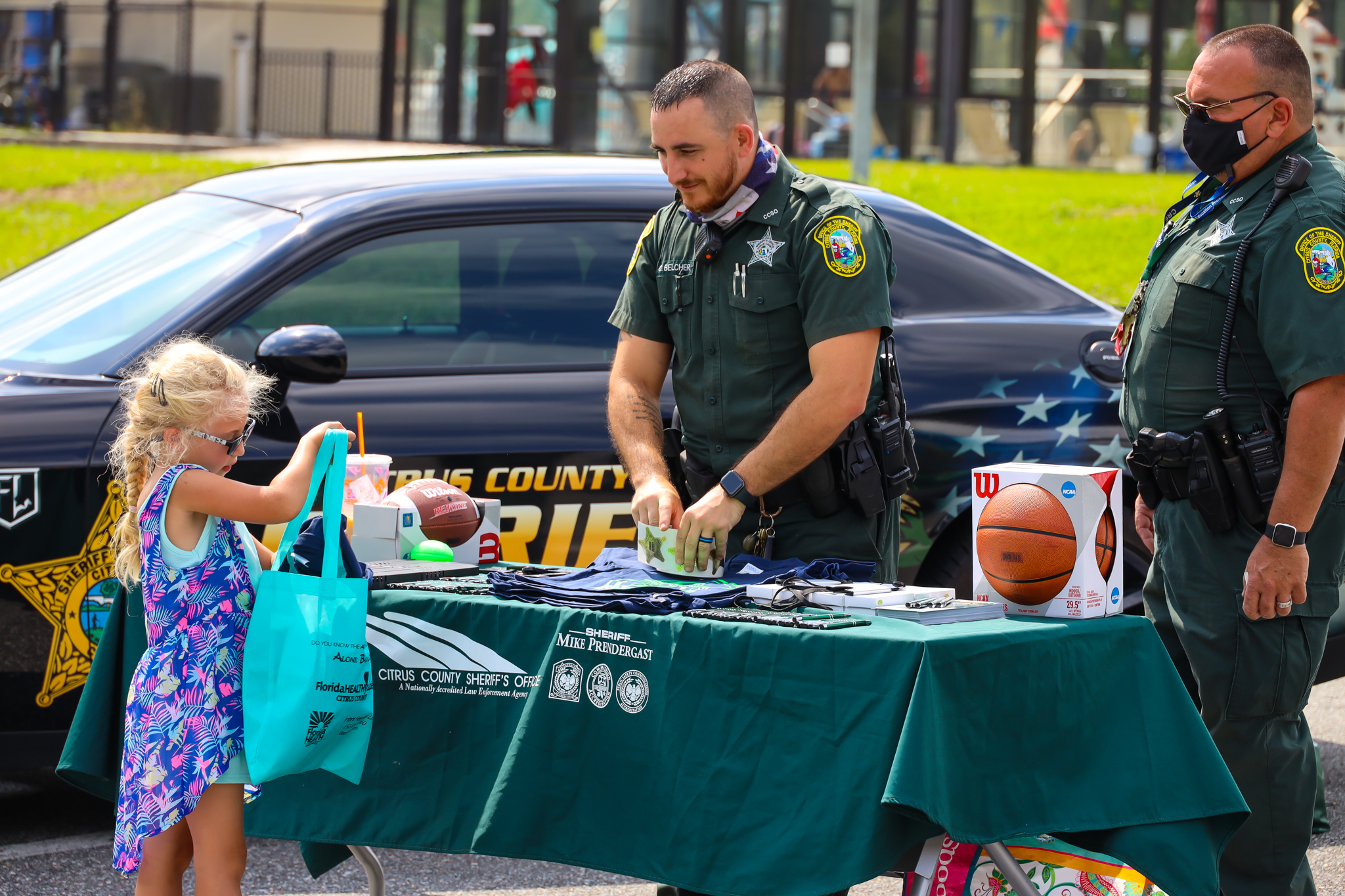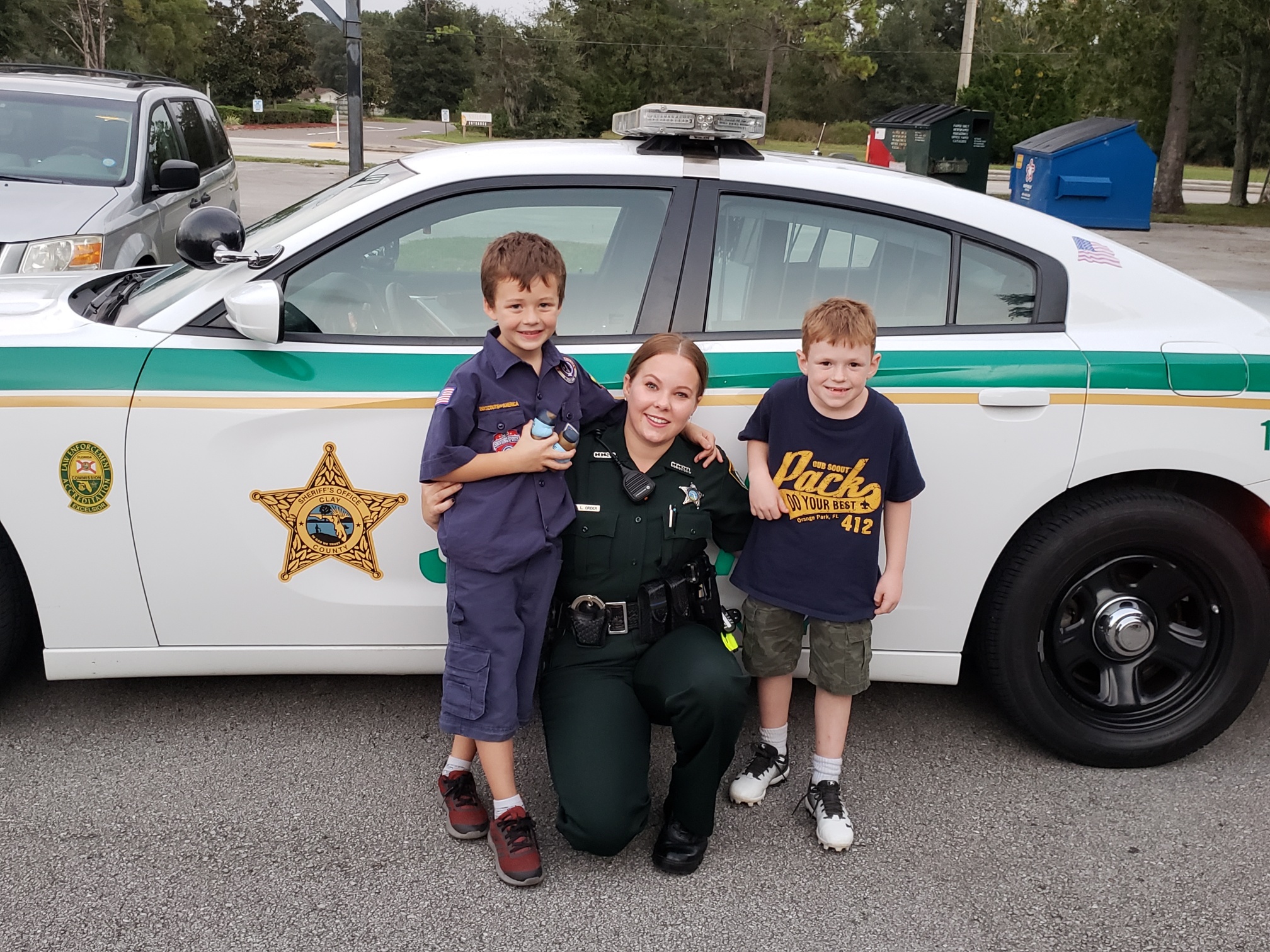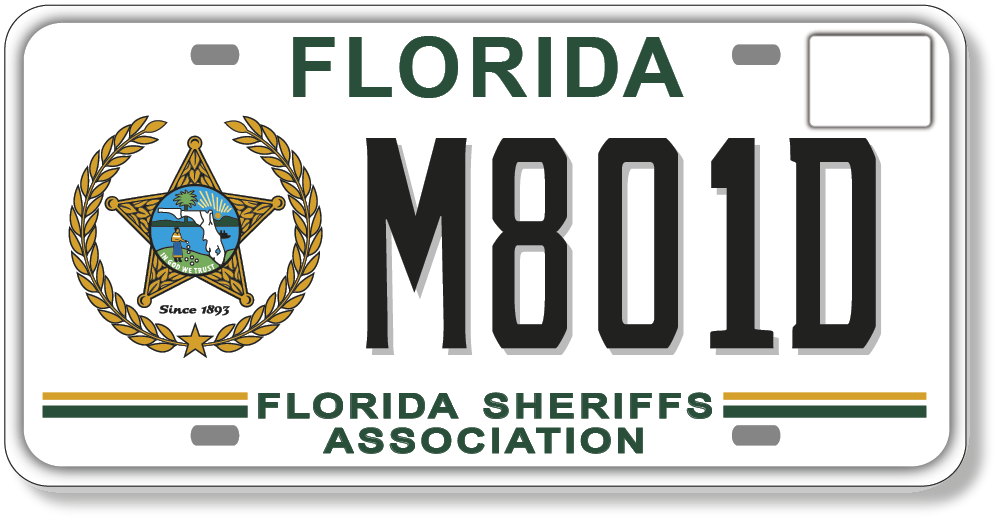Public Safety Tip: How to Avoid Credit Card Fraud with Contactless Payment
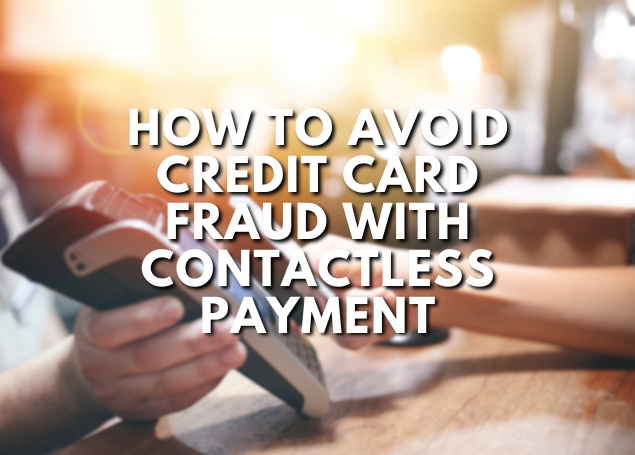
Have you ever been the victim of credit card fraud?
In 2022, 44 percent of credit card users in the U.S. reported having two or more fraudulent charges on their accounts. One minute you’re picking up groceries, and the next thing you know, you’re seeing unexpected charges in your banking app. While you may not be held financially liable, it’s never a good feeling to know someone is accessing your private information and using it for their own gain.
To avoid credit card fraud and make yourself a more difficult target for criminals, it’s good practice to be cautious with the payment methods you use. Thankfully, there are several safer options for payment that can protect your data (plus they’re quick and easy to use).
Here’s the rundown on the most popular payment types and how to use them to protect yourself from credit card fraud.
Magnetic Stripe Cards
Not long ago, magnetic stripe cards were the only option for credit card payment. How does it work? The stripe on your card is made of tiny, iron-based particles that can be magnetized to store information. It works much like the tape in a cassette, but instead of playing the tape to read the information, you provide the motion by swiping your card.
With magnetic stripe cards, your sensitive information is encoded in the stripe itself – meaning it can be stolen. Criminals often use credit card skimmers to copy your information and create duplicate cards or use the information to make purchases online, especially at gas stations. According to the FBI, these gas station attacks cost financial institutions and consumers more than $1 billion each year.
In addition, the magnetic stripe on your card can get faded or scratched with time, making it impossible to read. For these reasons, most retailers and consumers are moving toward alternate payment methods.
EMV Chip Cards
EMV chip cards are named after the entities that developed the technology: Europay, Mastercard and Visa. When using your card, you simply “dip” the chip into a credit card reader. Unlike the magnetic stripe card, the chip creates a single use, encrypted digital signature used for payment.
In other words, the information used to process your payment is unique and will not be used again, making it much harder for criminals to copy and steal your payment information. This makes the chip card more protected from common fraud tactics, including credit card skimmers.
Contactless Payment
Finally, the most secure way to make a credit card transaction is through contactless payment. You may have seen the option for “tap and pay” on physical cards or on devices, such as smart phones or watches (think ApplePay). To use contactless payment, you simply hold the card or device next to the reader for one to two seconds.
These cards and devices are equipped with a chip (different from an EMV chip) that emits a short-range electromagnetic wave with a one-time-use code. Just like the chip card, the code emitted does not include your private information, so it’s much harder for criminals to steal.
While contactless payment is considered the safest option, both EMV cards and contactless payment can protect you from the vulnerabilities of a traditional magnetic stripe card.
Stay Informed, Stay Vigilant
Even when using safer payment options, be vigilant in protecting yourself and your loved ones from credit card fraud. Always use strong passwords for your online accounts, monitor your accounts regularly and use a secure network when making payments online.
It’s also important to keep track of your cards. If you lose a contactless payment card, a criminal could use it for payment without a signature, PIN or other verification. Report any lost or stolen cards, or suspicious activity on your account, to your financial institution as soon as possible.
The Florida Sheriffs Association is committed to helping you stay informed and stay safe. You can read more crime and public safety tips here.
